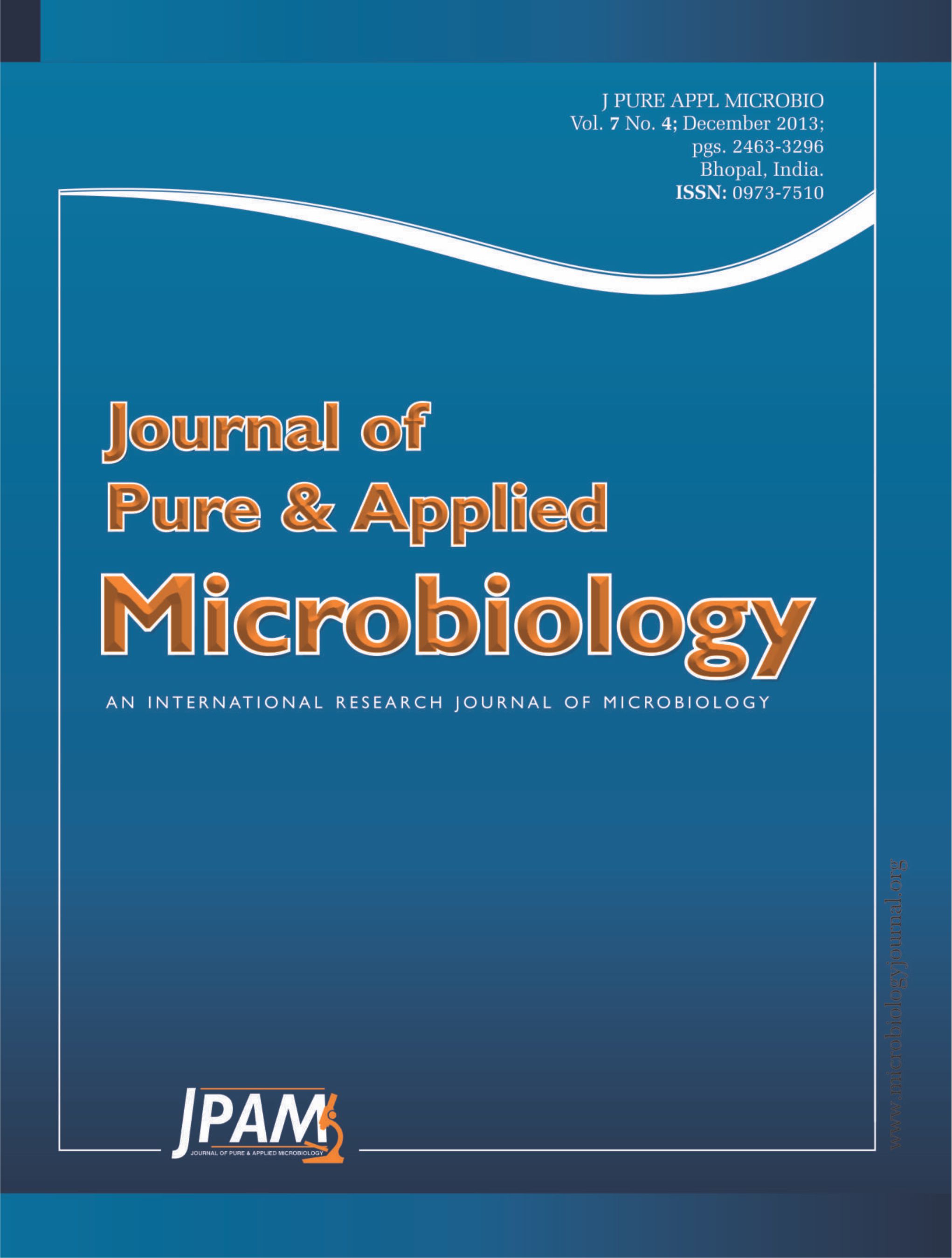The prominence of naturally occurring antibiotics from actinomycetes has been deep-rooted upon their potential to produce numerous chemically diverse metabolites. However, microbial natural products research has declined due to increasing rediscovery of known compounds. Screening of actinomycetes inhabiting unexplored unusual environments is an important approach to avoid rediscovery of known compound and revitalize the antibiotic discovery from actinomycetes. In this study, a total of 69 actinomycete isolates derived from Indian coastal solar salterns were screened by two levels with four different production media to unravel their ability to produce antimicrobial compounds. Nine actinomycete strains demonstrated extracellular antimicrobial activity against at least one of the indicator bacteria (Gram positive or Gram Negative) or fungi in the preliminary agar plug method. In secondary screening, antimicrobial activities of the acinomycetes were confirmed in all the nine antagonistic actinomycetes. The actinomycetes, Streptomyces sp. JAJ06, Streptomyces sp. JAJ13 and Nonomuraea sp. JAJ18 were found to be the toppers among the antagonistic actinomycete population. The strain JAJ20 showed both antibacterial and antifungal activity. The antagonistic actinomycete population comprised both Streptomyces and non-streptomyces (rare actinomycetes). This study has delineated the antagonistic strains among the actinomycetes of solar saltern origin and recognized the solar salterns as resource of potent bioactive metabolite producing actinomycetes.
Actinomycetes, Rare-actinomycetes, Saltern, Agar-plug, Dual-culture, Antimicrobial
© The Author(s) 2013. Open Access. This article is distributed under the terms of the Creative Commons Attribution 4.0 International License which permits unrestricted use, sharing, distribution, and reproduction in any medium, provided you give appropriate credit to the original author(s) and the source, provide a link to the Creative Commons license, and indicate if changes were made.


